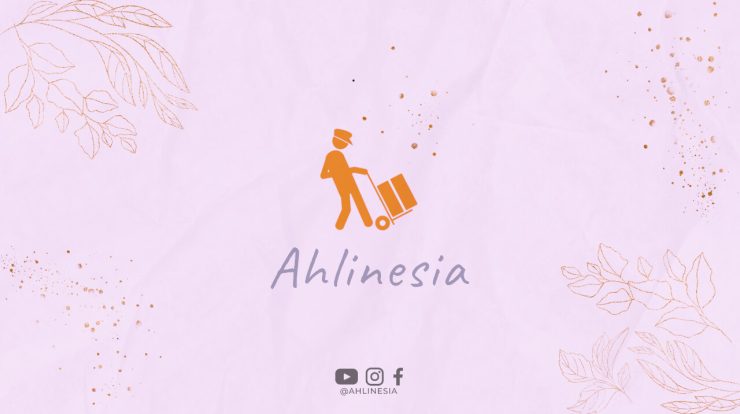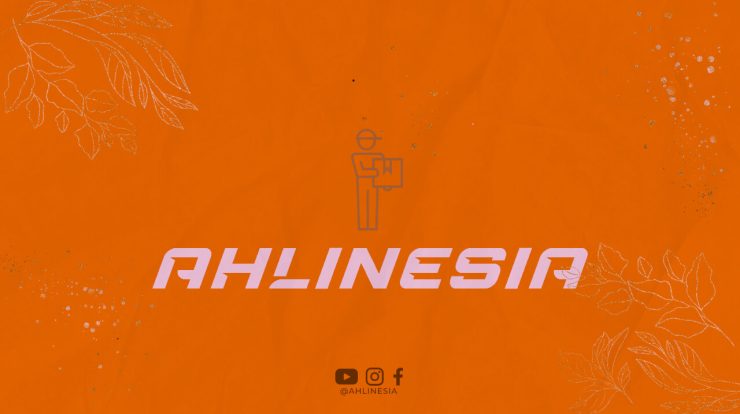
Introduction
Studying abroad can be an exciting and life-changing experience. Australia is one of the top destinations for international students, offering not only quality education but also a pathway to permanent residency (PR) for eligible graduates. In this article, we will explore the possibilities and requirements for obtaining PR in Australia after completing your studies.
Studying in Australia
Australia has a diverse range of educational institutions and courses to choose from. Universities, vocational education and training (VET) institutes, and English language schools are some options available to international students. Before embarking on your journey to Australia, it is essential to research and select the right course and institution that aligns with your career goals.
Temporary Graduate Visa (Subclass 485)
Upon completion of your studies, you may be eligible for a Temporary Graduate Visa (Subclass 485). This visa allows you to stay in Australia temporarily to gain work experience related to your field of study. The Subclass 485 visa has two streams: the Graduate Work stream and the Post-Study Work stream.
Graduate Work Stream
If your occupation falls under the Medium and Long-term Strategic Skills List (MLTSSL), you can apply for the Graduate Work Stream. This visa is valid for 18 months and provides an opportunity to gain work experience in Australia. However, it does not directly lead to permanent residency.
Post-Study Work Stream
If you have completed a Bachelor’s, Master’s, or Doctoral degree, you may be eligible for the Post-Study Work Stream. This visa allows you to stay in Australia for two to four years, depending on the highest qualification you have obtained. The Post-Study Work Stream can be an excellent pathway towards permanent residency.
Skilled Migration
Australia has a points-based system for skilled migration, and studying in Australia can earn you valuable points towards PR. The points are awarded based on factors such as age, English language proficiency, work experience, and qualifications. By completing a higher education degree in Australia, you can claim additional points, increasing your chances of obtaining PR.
Skills Assessment
Before applying for PR under the skilled migration category, you must undergo a skills assessment. This assessment verifies that your qualifications and work experience align with the requirements of your nominated occupation. Different assessing authorities assess different occupations, and it is crucial to choose the right one for your field.
Expression of Interest (EOI)
Once you have received a positive skills assessment, you can submit an Expression of Interest (EOI) through the online portal called SkillSelect. In your EOI, you provide details about your skills, qualifications, and work experience. Based on the information provided, you will be assigned a points score. Higher points increase your chances of receiving an invitation to apply for a PR visa.
Invitation to Apply (ITA)
If your EOI is successful and you have received a high enough points score, you may receive an Invitation to Apply (ITA) for a PR visa. The ITA allows you to proceed with the PR application process. You must ensure that all the required documents are prepared and meet the eligibility criteria before submitting your application.
PR Application
When applying for PR, you must choose the appropriate visa subclass based on your circumstances. The most common PR visa subclasses are Subclass 189 (Skilled Independent visa) and Subclass 190 (Skilled Nominated visa). Each subclass has specific requirements, and it is essential to understand them before proceeding with the application.
Conclusion
Obtaining PR in Australia after studying is possible, thanks to various pathways available to international graduates. The Temporary Graduate Visa (Subclass 485) provides an opportunity to gain work experience, while skilled migration offers a points-based system for PR. It is crucial to research and understand the requirements and procedures associated with each pathway to increase your chances of success. With the right planning and preparation, you can turn your study abroad experience into a permanent residency in Australia.






